5 minutos
La adolescencia es una fase de constantes cambios. La apariencia es uno de ellos. En este artículo, desarrollaremos los peligros de la obsesión por la moda en la adolescencia y cómo actuar ante ellos como padres.
Escrito por Fernando Clementin
Última actualización: 22 enero, 2022
No es nada novedoso afirmar que la mayoría de los jóvenes desea estar a tono con lo que marcan las últimas tendencias en cuanto a ropa, peinados y accesorios. Sin embargo, ¿puede esto convertirse en un peligro para su identidad o autoestima? A continuación, ahondaremos en los aspectos centrales sobre cómo influye la moda en la adolescencia.
Publicidades, campañas y gigantografías por doquier. Es imposible que un joven, con lo influenciable que es en su adolescencia, no pretenda parecerse a alguna estrella mundial o tener ese vestido, esas zapatillas, esas gafas o ese móvil que ven constantemente en la televisión.
Además, los grupos sociales que lo rodean también determinar su forma de verse. Muchas veces, la voluntad de ser aceptado pesa mucho más que la búsqueda de una identidad personal.
Como padres, debemos plantearnos si este interés es genuino, es decir, si es solamente un deseo que no afectará a la identidad de nuestro hijo y, por el contrario, reforzará su autoestima; o si es un intento por su parte por aparentar ser alguien que no es para encajar en un grupo de personas.
El verdadero problema de la gran influencia que tiene la moda en la adolescencia recae cuando ciertas tendencias exponen al menor a peligros innecesarios. Si bien seguir una moda está muy relacionada con pertenecer a un grupo social, estos grupos no siempre tienen comportamientos saludables.
Por su parte, la moda influye en gran manera en la autoestima los adolescentes. De hecho, un estudio publicado en la revista ADOLESCERE demostró que no contar con los mismos medios que sus pares genera una gran angustia y frustración en la adolescencia. Este simple hecho también los puede hacer propensos a sufrir bullying en la escuela.
Este simple hecho también los puede hacer propensos a sufrir bullying en la escuela.
Lo ideal no es que los padres prohíban determinada forma de vestirse o maquillarse. Esto se debe a una simple razón: muchas veces lo prohibido se vuelve aún más tentador. En consecuencia, lo recomendable es dejar que el joven encuentre su propia imagen acompañándolo en el camino y reconociendo, si surgieran, las señales negativas.
Algunas de las señales de alarma que debemos tener en cuenta son:
 Adviérteles, entonces, que la moda en la adolescencia no debe determinar su forma de ser o actuar. No son estos los aspectos que definen a una persona.
Adviérteles, entonces, que la moda en la adolescencia no debe determinar su forma de ser o actuar. No son estos los aspectos que definen a una persona.“Lo recomendable es dejar que el joven encuentre su propia imagen acompañándolo en el camino y reconociendo, si surgieran, las señales negativas”
Puede que eso que tu hija o hijo pretenda usar o comprarse no te parezca apropiado.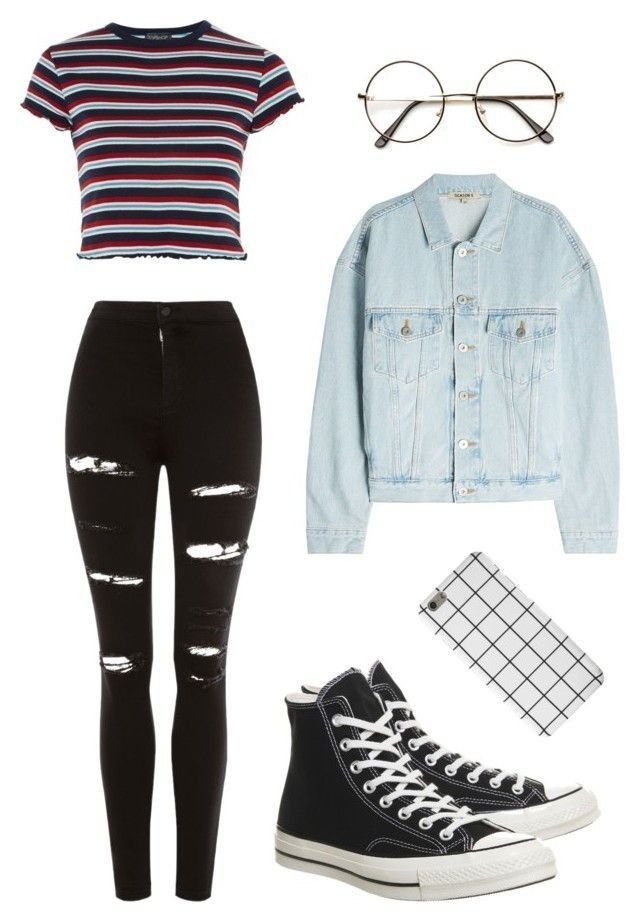 Quizás lo consideres demasiado excéntrico, un poco atrevido o muy caro. En este sentido, te podemos dar algunas recomendaciones para hablar de la moda en la adolescencia de la mejor manera:
Quizás lo consideres demasiado excéntrico, un poco atrevido o muy caro. En este sentido, te podemos dar algunas recomendaciones para hablar de la moda en la adolescencia de la mejor manera:
 Intenta recordar: ¿cómo te gustaba que te trataran? ¿Te gustaba tener voz y voto en la ropa que tú usabas? Aprovecha este punto de vista para acercar ambas partes cuando se dé un conflicto de opiniones.
Intenta recordar: ¿cómo te gustaba que te trataran? ¿Te gustaba tener voz y voto en la ropa que tú usabas? Aprovecha este punto de vista para acercar ambas partes cuando se dé un conflicto de opiniones.Como consejo final, podemos sugerirte que intentes ser comprensivo y no generar una pelea por cada elección de tu hijo. Recuerda que la adolescencia es una etapa de muchos cambios que pueden abrumar y confundir a tu hijo. Acompáñalo y guíalo, pero siempre dejando que escoja su propio camino, ya que de eso se trata la vida.
Recuerda que la adolescencia es una etapa de muchos cambios que pueden abrumar y confundir a tu hijo. Acompáñalo y guíalo, pero siempre dejando que escoja su propio camino, ya que de eso se trata la vida.
Te podría interesar…
Uno de los temas más polémicos con los adolescentes es la ropa. Los padres tienen que ayudarlos en su adaptación a su nuevo mundo social y a las propuestas del mercado, tomando en cuenta la necesidad de afinar sus gustos, su responsabilidad para el cuidado de su ropa y su capacidad para tomar sus propias decisiones.
La ropa es un medio de comunicación: con ella se dicen muchas cosas y los adolescentes se han dado cuenta que una imagen vale por 3 mil palabras y quieren utilizarla para expresarse.
Con la ropa, los peinados y los adornos buscan reafirmar su propia identidad, reflejar una personalidad única y original; aunque en realidad todos los adolescentes se visten de forma parecida, y lo que logran es mostrar y comunicar lo que caracteriza a su generación.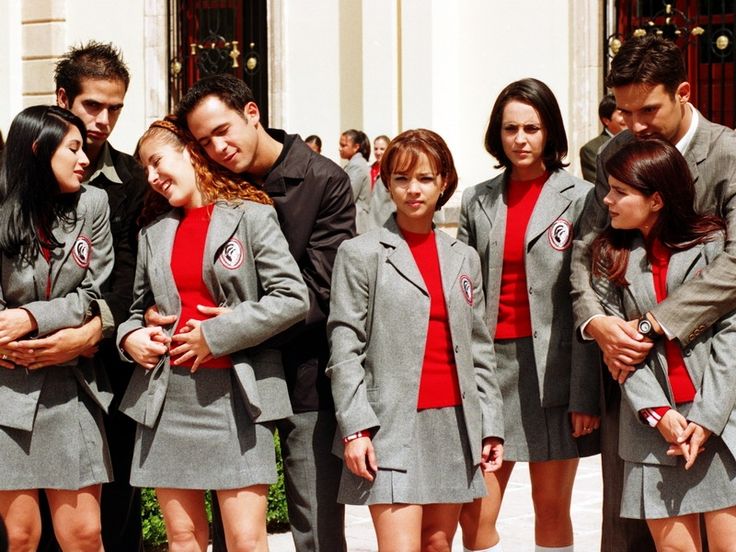
Están orgullosos de su vestimenta, porque instintivamente buscan que sus compañeros los miren y reaccionen. Así se sienten apreciados por parecerse a su grupo, y porque cada elemento del vestuario es un signo de pertenencia.
Lujos y razones suelen ser un punto de contradicción que rebasa a muchos adolescentes: es difícil que comprendan que una playera cubre la misma función tenga o no la marca o estilo de moda, y para muchos de ellos se vuelve un problema vital el hecho de comprar los artículos que la publicidad les sugiere.
Por ejemplo, uno de los artículos donde la juventud encuentra una fuente de originalidad y definición de su personalidad son los tenis. Los fabricantes, sin ningún pudor o prudencia, han generado toda clase de artilugios, colores, plataformas, y diseños para crear verdaderas obras en cada par de tenis. Muchos dicen ser ergonómicos, aunque otros son simplemente llamativos. El caso es que los adolescentes encuentran en sus tenis una forma de comunicación y la distinción de su propia personalidad.
Cuando los tenis sirven para algo más que caminar, son una señal de identidad y una forma simbólica de juventud, estatus, originalidad y estilo personal.
Esto puede llegar a ser un problema ya que un/a adolescente puede ser discriminado/a por no llevar ropa de marca o no ir como la mayoria del grupo y a veces ese pensamiento hace que muchos jóvenes de hoy en dia no tengan su propio estilo por tener miedo a ser desplazado del grupo o criticado.
A los jóvenes les gustan probar nuevas alternativas: su creatividad está en ebullición y cada aspecto de su vida es una prueba de ello.
En cada generación los adolescentes prueban nuevas formas y colores. Cada grupo de jóvenes muestra su ideología a través de su ropa, sus peinados, sus maquillajes. De hecho, todos incluidos, los adultos nos mostramos a través de la ropa.
El que un adolescente pruebe nuevas formas de presentarse es comprensible e incluso deseable: muestra que está madurando, que “le gusta gustar”, que se adorna y se preocupa por su forma de parecer, que tiene deseos de seducir, se arregla como búsqueda de la propia personalidad.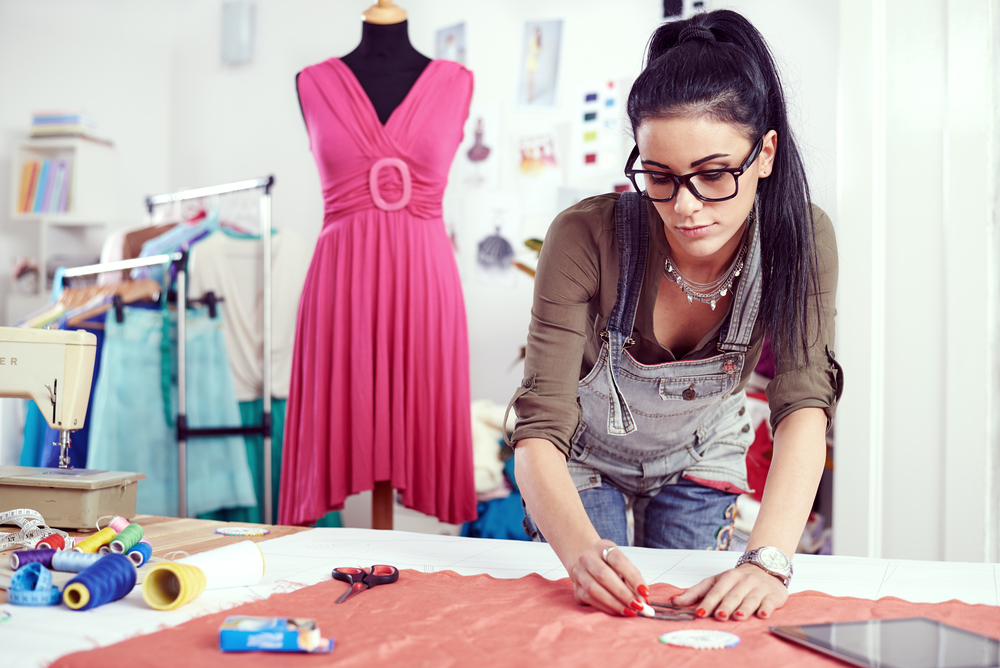 Si algún día la extravagancia se exagera, es una prueba de su búsqueda de creatividad y originalidad.
Si algún día la extravagancia se exagera, es una prueba de su búsqueda de creatividad y originalidad.
Los jóvenes en esa época de búsqueda de sí mismos, los/as chic0s/as eligen a personajes y se orienten a copiar a sus artistas favoritos que son tomados como modelos.
En esa imitación los elementos más visibles son la ropa, los peinados y las formas de comportamiento aprendidas en casa, lo cual suele olvidarse cuando el chico encuentra nuevos modelos.
Me gusta Cargando…
Comment RSS · TrackBack URI
Assessment of the influence of modern fashion on adolescents
Almetyevsk 2012.
Contents
Introduction…………………………………………………………………….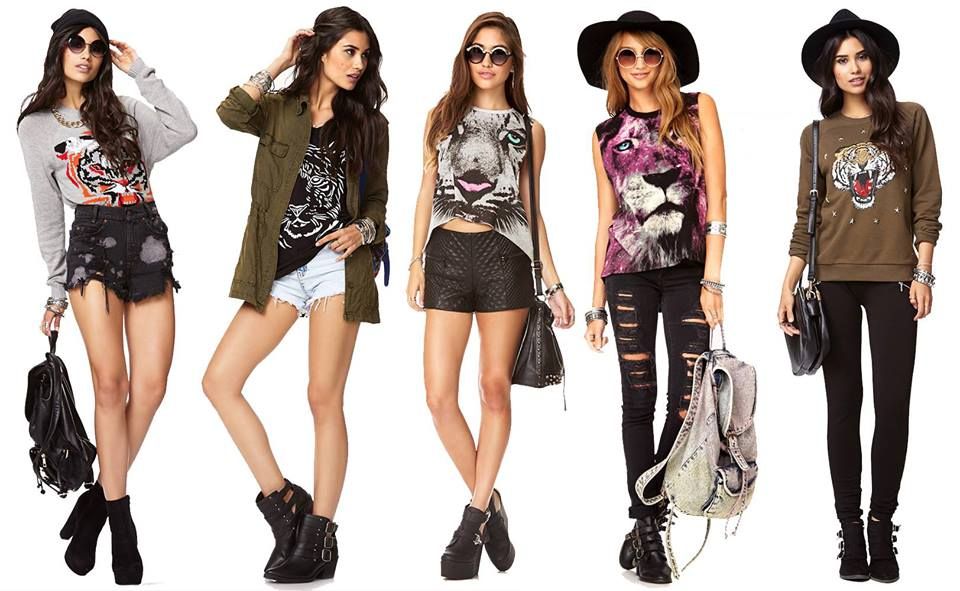 .3-4
.3-4
1.1.Youth fashion………………………………………………………….5
1.2.Tattoo……………………… …………………………………….…6-8
1.3.Piercing……………………………………………………………… ……8-12
1.4.Skinny jeans with low waist ………………………………………12
1.5.High heels ……………………………………………………….…12-13
List of sources and references………………………………………….…16
Introduction
In our time, fashion has captured the minds of most people, and this is quite justified: fashion is a mass mental phenomenon. This problem is extremely relevant in recent times: a teenager must, with a certain frequency, abandon his former ideas about the beautiful, useful, pleasant and accept those views on the properties of things, the behavior of people that fashion approves. Huge cities have entwined the blue planet with a network and made young people stand out against the backdrop of the “urban”. Every day, millions of teenagers meet in the subway or on the streets and, in order to decorate their lives, everyone tries to look unique. Teenagers become more susceptible to the dictates of fashion and believe that “beauty requires sacrifice”, neglect risks, try not to pay attention to well-being. It is important that exotic manifestations of fashion have firmly entered the everyday life of adolescents and have become serious factors that are potentially not indifferent to health. Not always these funs pass without a trace, without affecting the health of the younger generation. nine0003
Teenagers become more susceptible to the dictates of fashion and believe that “beauty requires sacrifice”, neglect risks, try not to pay attention to well-being. It is important that exotic manifestations of fashion have firmly entered the everyday life of adolescents and have become serious factors that are potentially not indifferent to health. Not always these funs pass without a trace, without affecting the health of the younger generation. nine0003
The above indicates the existence of contradictions between:
The need for teenagers to look fashionable and attractive, and the imposition of unhealthy standards of behavior, consumption, nutrition, decoration, clothing, etc. by the media.
Awareness of the importance of adolescents to lead a healthy lifestyle and the lack of a “healthy fashion” program in the school.
The highlighted contradictions identified the problem of our report, which is related to the need to develop a draft program that will help adolescents develop a conscious attitude towards their health when choosing fashion trends.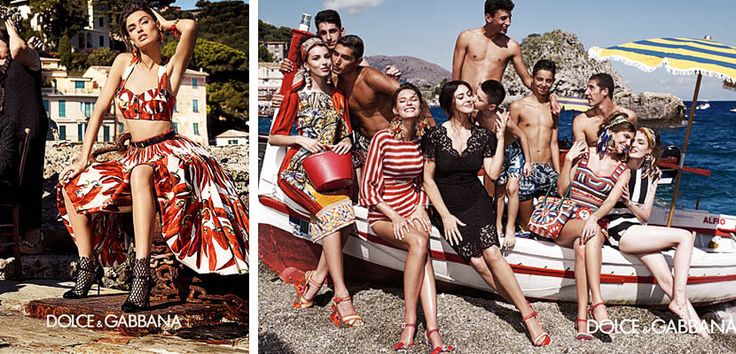 nine0003
nine0003
A conscious attitude to one’s health is in the field of attention of specialists, teachers, parents, peers, who, if problems are found in adolescents, will provide the necessary support.
The problem of the development of modern fashion and its impact on
the health of adolescents.
1.1. Youth fashion.
The theme of fashion, endlessly imposed by the media, is extremely attractive to today’s teenagers. Consideration of fashion trends from a variety of perspectives makes it possible to reach many problems and phenomena that are indirectly and directly related to the spiritual and physical health of children. Fashion is a capricious girl. She is groomed and cherished, cherished and idolized, but she, like a windy person, is terribly fickle. Nowadays, very often young people are interested in fashion, what to wear in a given period of time, how to decorate themselves. But there are no limits for fashion, there is a huge scope for the fantasies of fragile minds.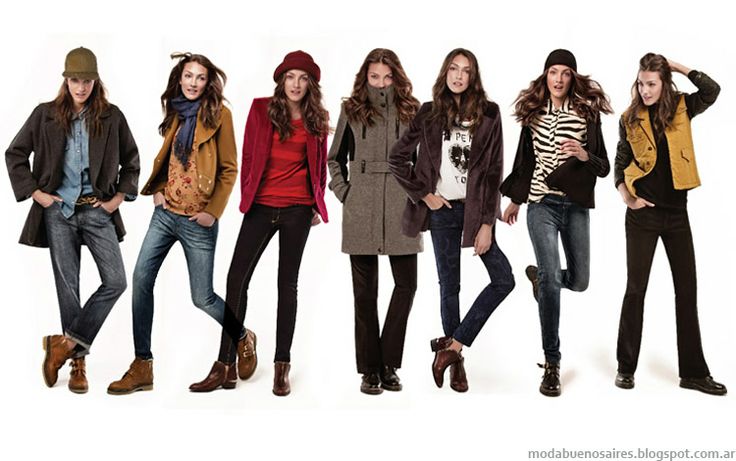 Many foreign clothing samples attract young people not because there is admiration for Western, imported ones, but because these models express well the values, social roles that young people willingly accept: a sporty silhouette, brightness, swiftness, openness, democracy. What is the object of fashion is not so important. It is customary to wear jeans – which means you have to buy, regardless of whether they look beautiful or not; It is customary to have a piercing, which means that you will have to make a puncture, no matter in what part of the body. Here the position “to be like everyone else” has completely different mechanisms. The goal is no longer mastering the wealth of the fashion object, its cultural content, but an attempt to take a place in people’s relations with the help of possession of things – to get closer, at least outwardly, to the respected and “powerful of this world”, to arouse admiration, envy. The fashion object remains “unread”, indifferent to the child. Here, fashion is blind and superficial and therefore can lead to negative consequences.
Many foreign clothing samples attract young people not because there is admiration for Western, imported ones, but because these models express well the values, social roles that young people willingly accept: a sporty silhouette, brightness, swiftness, openness, democracy. What is the object of fashion is not so important. It is customary to wear jeans – which means you have to buy, regardless of whether they look beautiful or not; It is customary to have a piercing, which means that you will have to make a puncture, no matter in what part of the body. Here the position “to be like everyone else” has completely different mechanisms. The goal is no longer mastering the wealth of the fashion object, its cultural content, but an attempt to take a place in people’s relations with the help of possession of things – to get closer, at least outwardly, to the respected and “powerful of this world”, to arouse admiration, envy. The fashion object remains “unread”, indifferent to the child. Here, fashion is blind and superficial and therefore can lead to negative consequences.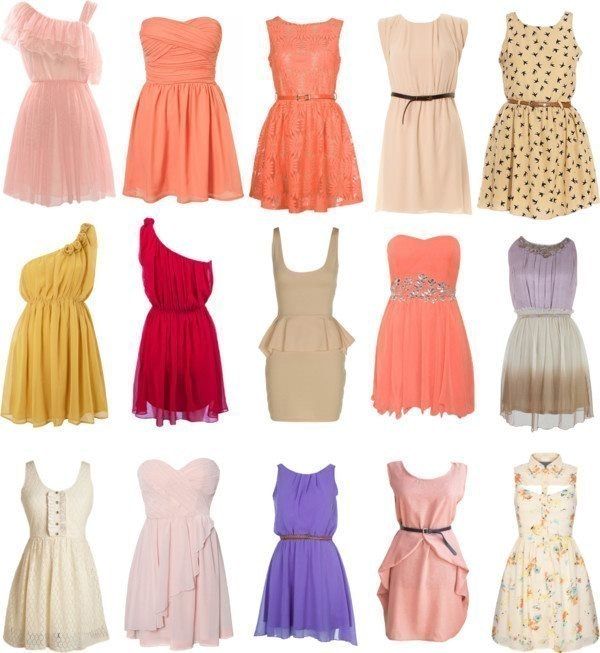 Power over people with the help of fashion items is not a very reliable guarantee of gaining authority or being liked by others. nine0003
Power over people with the help of fashion items is not a very reliable guarantee of gaining authority or being liked by others. nine0003
1.2. Tattoo.
In society, it is widespread, especially among young people, to apply drawings on the body using the tattoo technique, made in different styles: body art (color tattoo) and a simple tattoo.
This trend is increasingly capturing the younger generation, driven by the desire to imitate their idols and leaders.
Tattoo is the insertion into the dermis of non-removable, indelible pigments of one or more colors in order to create a text or image on the body. The word tattoo (tatu – abbr.) comes from Tahitian (“ta” – drawing, “atoua” – deity).[1] The history of the tattoo has 60 thousand years, it was applied in ancient Egypt. Different tribes of Europe and Asia, Indians of North and South America, inhabitants of Oceania were tattooed. The Mayori tribes from New Zealand wore (this tradition is still preserved) on their faces mask-like tattoos – mocha. The patterns were a permanent war paint, an indicator of the valor and social status of the owner. Japanese aboriginal women tattooed their faces to indicate their marital status. From the patterns on the lips, cheeks and eyelids, it was possible to determine whether a woman was married and how many children she had. The so-called “transitional rites” were associated with the tattoo: the initiation of young men into men or relocation to the afterlife. nine0003
The patterns were a permanent war paint, an indicator of the valor and social status of the owner. Japanese aboriginal women tattooed their faces to indicate their marital status. From the patterns on the lips, cheeks and eyelids, it was possible to determine whether a woman was married and how many children she had. The so-called “transitional rites” were associated with the tattoo: the initiation of young men into men or relocation to the afterlife. nine0003
Tattoos were endowed with magical properties: protection of adults in battle and hunting, protection of old people from diseases. In some cases, the tattoo served as a punishment. In one of the Japanese provinces, as a punishment for a crime, robbers were put on their foreheads with the hieroglyph I NU – “dog”. Also, slaves and prisoners of war were marked with a tattoo, making it difficult for them to escape and facilitating their identification.
During the First World War in England, deserters were marked with the letter “D”, and in Germany, using a tattoo, they beat out the numbers of victims of concentration camps.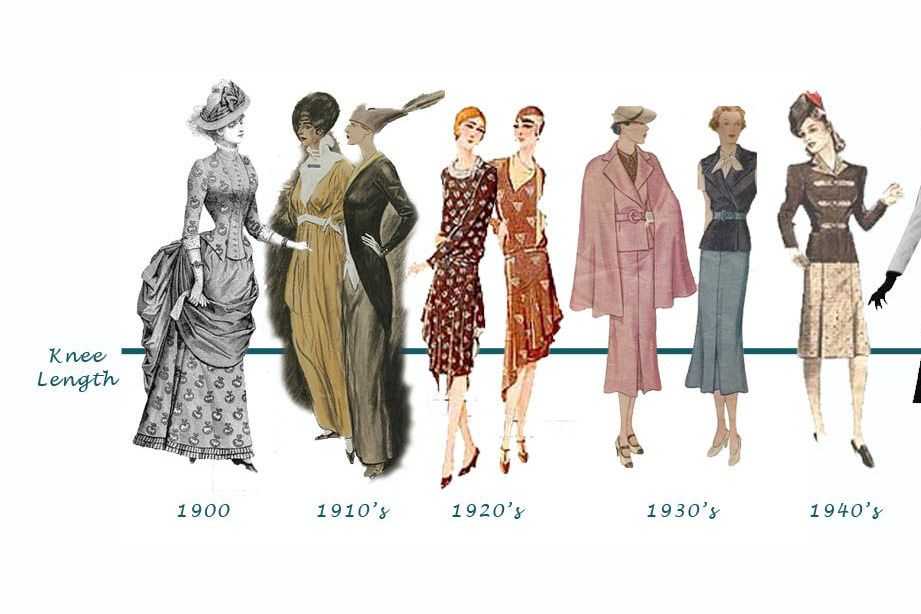 nine0003
nine0003
With the spread of Christianity, the custom of using tattoos as an integral part of pagan rituals began to be eradicated and practically died out. The punishments were so severe that tattooing almost ceased to be used among Europeans until the 18th century.
The “main territory” of the tattoo, where the tradition of antiquity was not interrupted and is widely practiced today, is Polynesia. Captain James Cook made a significant contribution to the revival of tattoos in Europe. Returning from a voyage in 1769, he brought from Tahiti not only the word “tattoo” itself, but also a Polynesian who was completely covered with tattoos, who became a sensation, the first live “tattoo gallery”. Mostly from Polynesia in the 18th century. as a “souvenir” sailors brought to Europe outlandish pictures on their own skin. But here come the 9The 0s of the XX century, and the tattoo becomes part of the global beauty industry, an attribute of youth fashion. The tattoo has long since lost the bad reputation it had in the past. [2]
[2]
Tastes and preferences change quickly, fashion passes, so do not rush to decorate yourself with a tattoo. It is difficult to remove it, although modern science has developed laser removal methods, but even their use does not always allow this to be done. Yellow and green pigments are especially resistant. Tattoos using henna, which have become especially popular recently, are extremely dangerous, and not the henna itself, but the paint in which it is included. The dye contains a very strong allergen and in many people can cause lifelong allergies to sunscreen, painkillers, and clothing and eye shadow containing the same dye. There were cases when seemingly healthy teenagers developed bronchial asthma after tattooing. nine0003
In addition, paint particles get into the lymphatic vessels, and through them – into the lymph nodes, which become like a storm sewer clogged with mud and cease to perform their protective, immunological function. Removing the tattoo will not bring relief, as the paint particles that have entered the lymph nodes have time to do their dirty work. As a result of a weakened immune system, herpes, pustular skin diseases occur, and a virus is activated that causes the appearance of papillomas. Cystitis, kidney disease may appear. When applying a tattoo, handicraftsmen are likely to get hepatitis and HIV infection. [3] The fact that Sasha or Pasha is tattooed from head to toe – and nothing (a typical argument of teenagers) – is not a reason for complacency. First, it is not known how “nothing” they are. Secondly, all people are different – some are stronger, others are weaker. No one knows where his weak spot is. nine0003
As a result of a weakened immune system, herpes, pustular skin diseases occur, and a virus is activated that causes the appearance of papillomas. Cystitis, kidney disease may appear. When applying a tattoo, handicraftsmen are likely to get hepatitis and HIV infection. [3] The fact that Sasha or Pasha is tattooed from head to toe – and nothing (a typical argument of teenagers) – is not a reason for complacency. First, it is not known how “nothing” they are. Secondly, all people are different – some are stronger, others are weaker. No one knows where his weak spot is. nine0003
1.3. Piercing.
As ancient as tattooing is the art of piercing – piercing various parts of the body. Now you will not surprise anyone with a pierced tongue or navel. Piercing is perceived as one of the areas of body art.
In ancient Egypt, the daughters of pharaohs were pierced by the navel and inserted into it golden piers inlaid with precious stones. Indian women pierced the wing of the nose after marriage (in some provinces this rite has been preserved).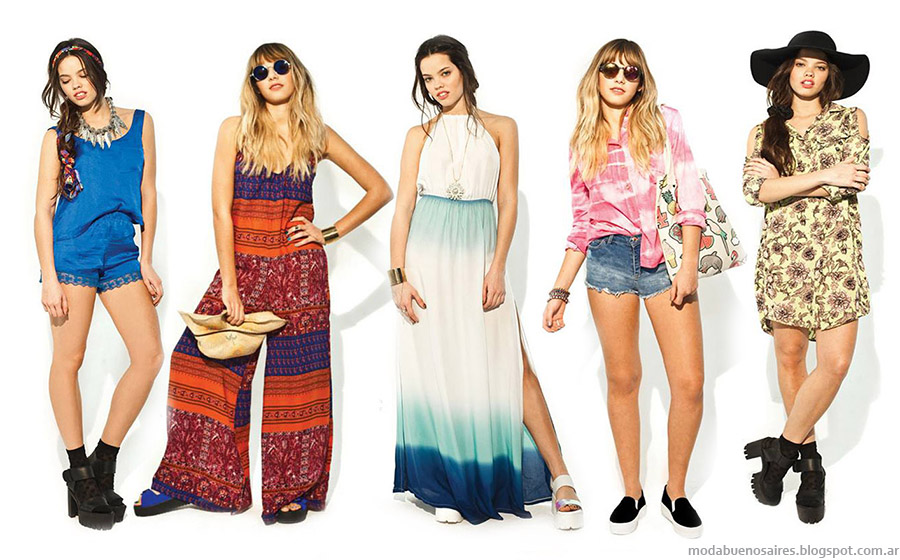 Some Indian men pierced their tongues as a sign of a vow to remain silent. The invasion of piercing into the life of Europeans occurred in the Middle Ages. Sailors and pirates adopted this tradition from the Eastern peoples and brought it to the Old World. But here the non-Christian custom met with the fierce resistance of the church. Women even stopped wearing earrings for a while. Only tongue piercing was used as a punishment for perjury. For many years in Europe, a negative attitude towards piercing has persisted. He was considered a sign of renegades who had no place in a decent society. Even in the paintings of medieval artists, a body puncture is a discrediting sign. They were “stigmatized” by those who did not deserve either respect or trust: gypsies, Saracens, criminals, in general, enemies of Christian morality. [4]
Some Indian men pierced their tongues as a sign of a vow to remain silent. The invasion of piercing into the life of Europeans occurred in the Middle Ages. Sailors and pirates adopted this tradition from the Eastern peoples and brought it to the Old World. But here the non-Christian custom met with the fierce resistance of the church. Women even stopped wearing earrings for a while. Only tongue piercing was used as a punishment for perjury. For many years in Europe, a negative attitude towards piercing has persisted. He was considered a sign of renegades who had no place in a decent society. Even in the paintings of medieval artists, a body puncture is a discrediting sign. They were “stigmatized” by those who did not deserve either respect or trust: gypsies, Saracens, criminals, in general, enemies of Christian morality. [4]
But how changeable the world is! In the XVI-XVII centuries. piercing became popular with representatives of the European aristocracy. A global youth piercing epidemic broke out in the 90s of the last century and spread on both sides of the Atlantic.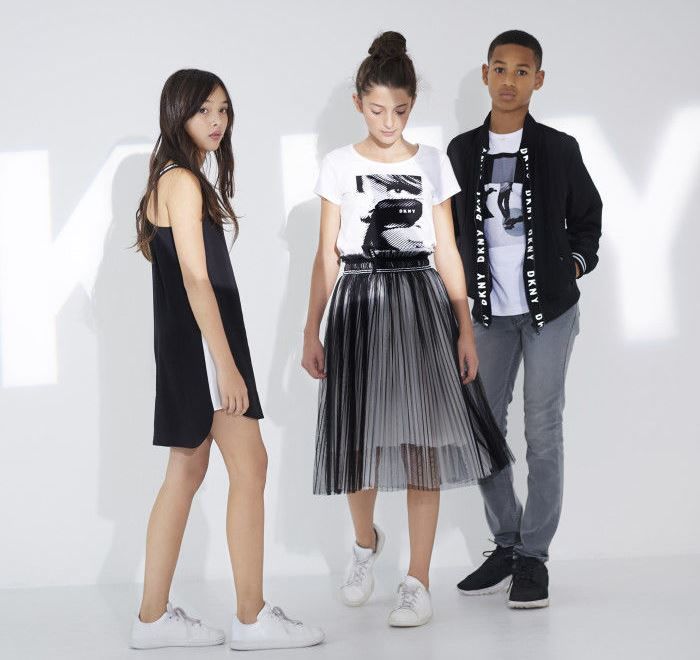 It was preceded by “its own Middle Ages”, when piercing was the marking of hippies, punks, sadomasochists, vagabonds, alarmed by rock culture. [5] Such a fashionable hobby for piercing is not as safe as it might seem at first glance. Infectious inflammation at the puncture site, bleeding, non-healing wounds, tearing out of the earring and the formation of large scars and scars are quite common. Punching the eyebrow, you can damage the facial nerve, and the face will be distorted by a spasm. An earring in the tongue can cause its partial numbness. There have been cases when a tongue piercing caused a brain abscess – a localized purulent formation. All of the above is not the worst. If the sterilization technology is broken, then a seemingly innocent piercing can lead to such deadly infectious diseases as AIDS, hepatitis B and C, blood poisoning, tetanus. Despite all the warnings of doctors, piercing is popular among the younger generation. [3]
It was preceded by “its own Middle Ages”, when piercing was the marking of hippies, punks, sadomasochists, vagabonds, alarmed by rock culture. [5] Such a fashionable hobby for piercing is not as safe as it might seem at first glance. Infectious inflammation at the puncture site, bleeding, non-healing wounds, tearing out of the earring and the formation of large scars and scars are quite common. Punching the eyebrow, you can damage the facial nerve, and the face will be distorted by a spasm. An earring in the tongue can cause its partial numbness. There have been cases when a tongue piercing caused a brain abscess – a localized purulent formation. All of the above is not the worst. If the sterilization technology is broken, then a seemingly innocent piercing can lead to such deadly infectious diseases as AIDS, hepatitis B and C, blood poisoning, tetanus. Despite all the warnings of doctors, piercing is popular among the younger generation. [3]
Is there a health hazard in piercing? Many experts agree that piercing is dangerous, even if it is done in a special salon, since piercers, as a rule, are not very versed in human anatomy and medicine, except for how to treat the surface after a puncture.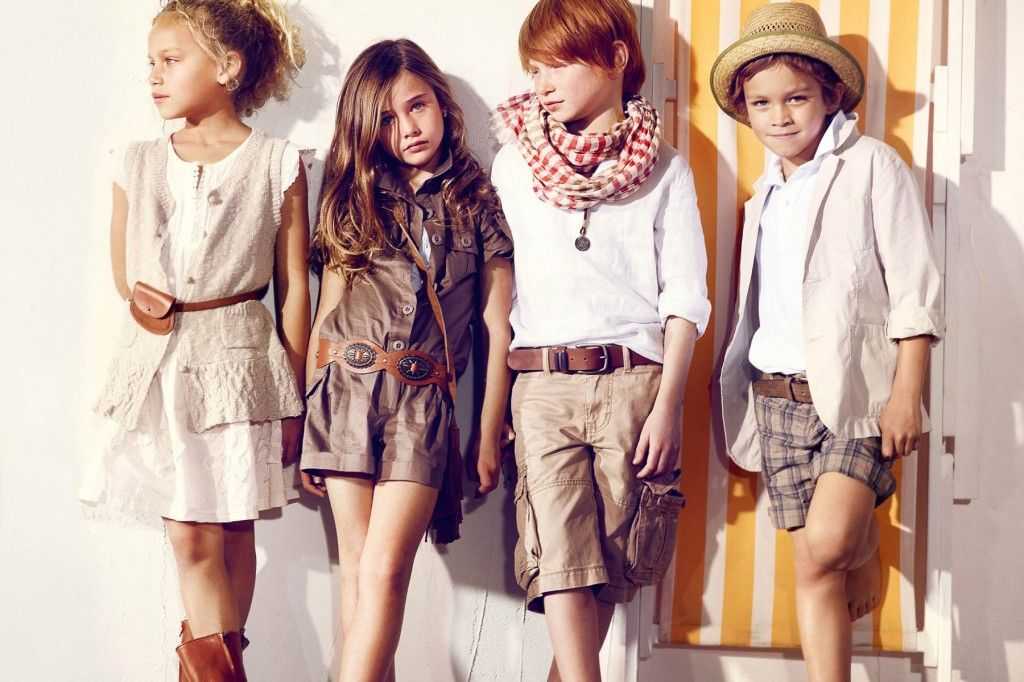 But with an incorrect puncture, large blood vessels can be damaged and cause severe bleeding, and hitting a nerve can cause irreparable harm to human health. When piercing the eyebrows, the nerve plexuses can be affected and the muscles of the face are partially paralyzed. nine0003
But with an incorrect puncture, large blood vessels can be damaged and cause severe bleeding, and hitting a nerve can cause irreparable harm to human health. When piercing the eyebrows, the nerve plexuses can be affected and the muscles of the face are partially paralyzed. nine0003
Allergic inflammation of the wound is the most common problem faced by those who decide to get pierced. The reason is simple – absolutely all earrings contain nickel. For example, in gold of the 583rd test, the ratio of gold and nickel is 14 to 10, and in gold of the 750th test, respectively, 18 to 6. Even a small admixture of nickel is enough to cause an allergy – skin irritation on the earlobes. If an infection still affects it, then real suppuration can occur – with weeping wounds and crusts. If you uncontrollably pierce the auricle in its upper part, hearing may deteriorate. nine0003
The most serious danger is the infection that can enter our body due to non-sterile instruments. Deadly diseases such as hepatitis, AIDS, tuberculosis and tetanus can be transmitted.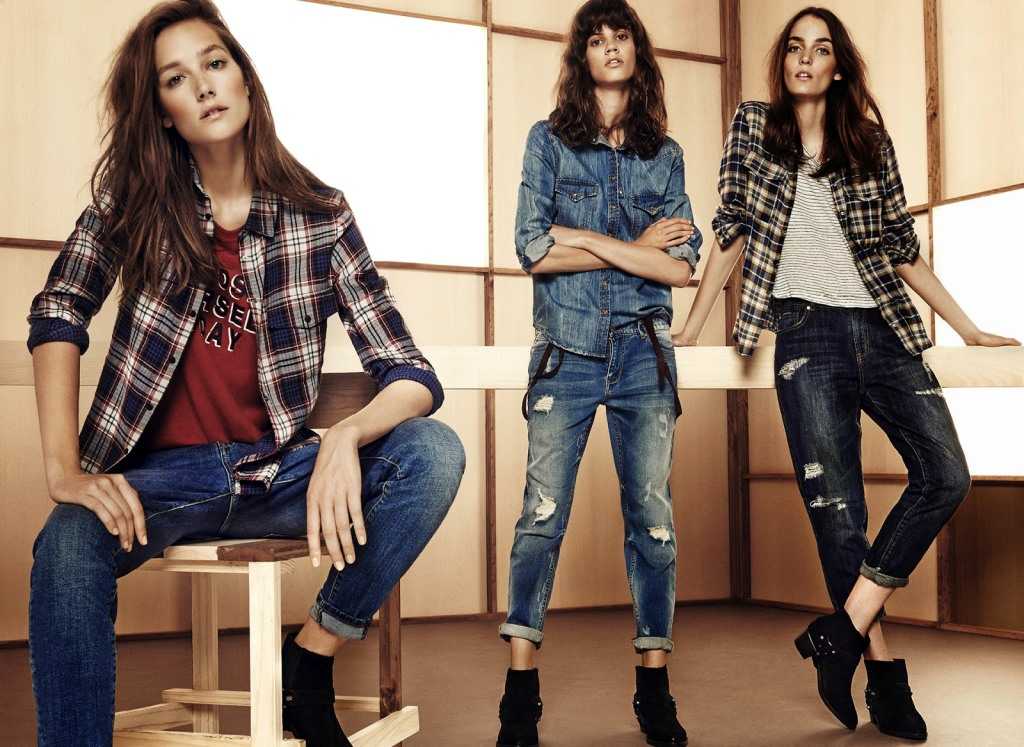
There are other concerns. Foreign experts studied dozens of cases of sudden blindness and came to the conclusion that poisonous components contained in metal jewelry can cause not only acute inflammation of the cornea of the eye, but also of the brain. All patients who had an inexplicable inflammation of the cornea “decorated” their faces with trinkets. Many patients came to the doctor late – poisonous metals have done their job. At first, they began to sweat profusely. Then bleeding, and all this ended with inflammation of the eye. Young people did not even suspect that a seemingly harmless ring or other decoration could be the cause of a sharp deterioration in health. But doctors warn that “tunnels” in the ears are dangerous to health. nine0003
Oral piercings increase the risk of gum disease and cavities and often result in damage to teeth. Among the dangers of a mouth piercing are the risk of choking on the jewelry, loss of the sense of taste or the ability to taste at all, prolonged bleeding, crushing and decay of teeth, excessive saliva production, involuntary leakage from the mouth, damage to the gums, impaired speech, difficulty breathing, chewing food, and her swallowing.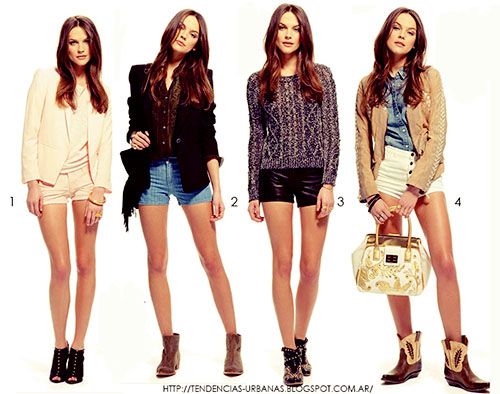 According to scientists, piercing in order to appear more attractive, teenagers, ironically, can damage that very attractiveness and their health. nine0003
According to scientists, piercing in order to appear more attractive, teenagers, ironically, can damage that very attractiveness and their health. nine0003
In addition, the piercing is fraught with ugly scars. If the rings in very sensitive places cling to clothing and pull on it, then jewelry can easily tear the skin. The scar tissue that forms on a girl’s chest when she gets a nipple piercing can block her milk ducts, and if she doesn’t get medical attention, she won’t be able to breastfeed her baby in the future. [3]
For quite a long time, medical scientists have been collecting generalized data on piercing victims. Most of those who applied for help are people from 16 to 24 years old. And every third case has serious complications. Half of the victims require medical intervention, even surgery. nine0003
The most common complications are punctures of the tongue (50%), genitals (45%) and nipples (38%). Causes of complications – bacterial microflora of the oral cavity, genitals, skin; the proximity of blood vessels in the puncture area; non-compliance with personal hygiene and puncture care regimen; allergic reaction to the material of the decoration; non-sterile instruments and low qualification of the master.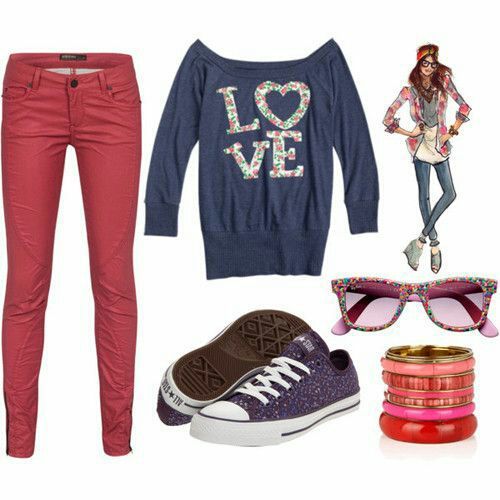
Reasons why people get pierced and tattooed:
Teenagers adorn themselves in exotic ways for various reasons. Many succumb to the flow of fashion without thinking about anything. Others believe that thanks to this they will look more attractive, that this is precisely what they lack to perfection. Body decoration also serves as a way of expressing independence, a way to emphasize one’s individuality. Psychologists note that adolescents are motivated by the desire to annoy their parents. This need for self-expression seems to stem from a reluctance to follow conventional norms and a rebellious spirit. Some people are driven by deep psychological and emotional needs. They believe it will help them to assert themselves. And those who experienced bullying and violence in childhood believe that piercings and tattoos will allow them to feel like masters of their body. nine0003
1.4. Low Waist Skinny Jeans
High fashion designers couldn’t get past jeans. And although for a long time denim pants were considered the lot of only the middle class, now all the best designers certainly release fashionable denim collections, the most popular and affordable of which are low-waisted skinny jeans.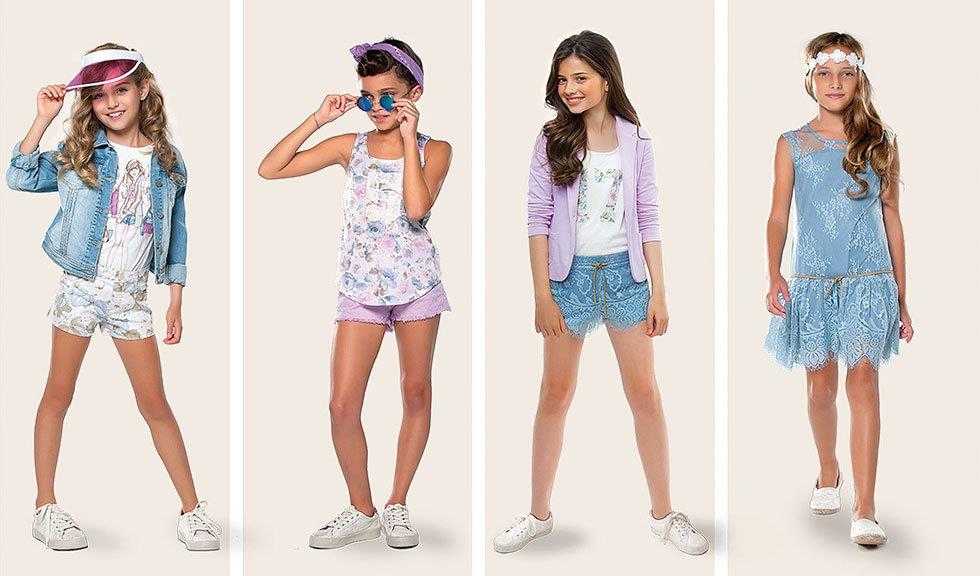 Our trainer, who came to the urological department of the hospital for an examination, was amazed by the company that gathered there: instead of the old men and women, the wards were filled with young girls of about 20 years old. “Pyelonephritis is an inflammatory disease of the kidneys. It has always been age-related, but now it’s youth… Victims of fashion!” – phlegmatic commented the attending physician. As professional doctors admit, it’s generally difficult for them to resist seeing a fashionably dressed girl or guy in the street in the cold and not automatically noting: chronic inflammation of the appendages, the prospect of prostatitis, curvature of the spine …
Our trainer, who came to the urological department of the hospital for an examination, was amazed by the company that gathered there: instead of the old men and women, the wards were filled with young girls of about 20 years old. “Pyelonephritis is an inflammatory disease of the kidneys. It has always been age-related, but now it’s youth… Victims of fashion!” – phlegmatic commented the attending physician. As professional doctors admit, it’s generally difficult for them to resist seeing a fashionably dressed girl or guy in the street in the cold and not automatically noting: chronic inflammation of the appendages, the prospect of prostatitis, curvature of the spine …
1.5. High heels
A variety of heels are now in fashion: both their length and shape vary, which can be the most bizarre: expanding downward, columnar, wedge-shaped or stiletto. People are accustomed to this attribute of women’s toilet, but what do they know about the history of high heels? From the very beginning, the appearance of heels could be caused by two main reasons:
– aesthetic purposes (increasing the height of the wearer of heels),
– practical needs dictated by certain goals of using heels in everyday life.
Thus, when making shoes, people noticed that the part of it that is adjacent to the heel wears out much faster than the rest. Therefore, gradually a certain thickening appeared on the sole and in the back of the shoe, serving the practical purpose of increasing the life of the shoe. However, at this historical moment, it is still impossible to talk about the emergence of heels as some kind of special “stand” for shoes. Meanwhile, scientists have not yet fully figured out where the fashion for heels comes from. nine0003
We only know that the first mention of shoes on a “stand” – the prototype of the modern platform – we find in ancient Greece, where it was used by theater actors to visually increase their height. The next period of time when we see the adoption of the practice of wearing shoes with heels dates back to the 15th and 16th centuries. This century – the century of the Renaissance – was generally characterized by an emphasized upward aspiration, symbolizing the elevation of man above reality (hence the upwardly aspiring form of Gothic architecture of that time).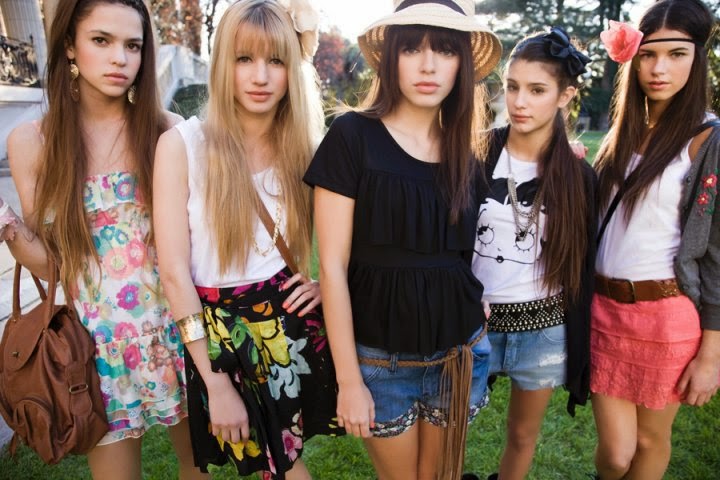 This desire is well manifested in the fashion for shoes. Of course, speaking about the origin of fashion for heels, one cannot fail to mention such a very recent invention, which, nevertheless, revolutionized the idea of \u200b\u200bthe aesthetic properties of shoes – the invention of stiletto heels. It happened in the 50s of the twentieth century, in France, at a time when many fashion designers worked towards creating models that emphasize the youth and beauty of women. And here, again, the name of the inventor remained under the cover of the darkness of history: for example, several well-known French fashion designers are arguing about the primacy of creating this shoe model. Stiletto heels came in handy as never before. And very soon, almost all the stars flaunted them, setting an example for the rest of the women on the planet. [6]
This desire is well manifested in the fashion for shoes. Of course, speaking about the origin of fashion for heels, one cannot fail to mention such a very recent invention, which, nevertheless, revolutionized the idea of \u200b\u200bthe aesthetic properties of shoes – the invention of stiletto heels. It happened in the 50s of the twentieth century, in France, at a time when many fashion designers worked towards creating models that emphasize the youth and beauty of women. And here, again, the name of the inventor remained under the cover of the darkness of history: for example, several well-known French fashion designers are arguing about the primacy of creating this shoe model. Stiletto heels came in handy as never before. And very soon, almost all the stars flaunted them, setting an example for the rest of the women on the planet. [6]
Now, just like many years ago, women wear heels to stand out from the crowd, to emphasize their fragility and grace.
The only way to protect yourself is to choose shoes with high heels only in extreme, most special cases.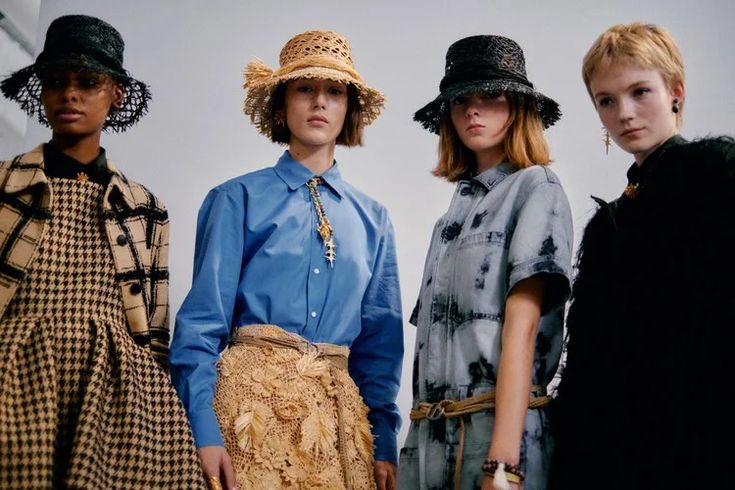 And the rest of the time to spend at a height of up to 5 centimeters – not so spectacular, but safe.
And the rest of the time to spend at a height of up to 5 centimeters – not so spectacular, but safe.
Conclusions on the theoretical part of the study
The theoretical part of the study allowed us to conclude that:
Piercing and tattooing are not just punctures, but a real surgical operation with all the possible consequences that follow from this: allergic reactions, purulent inflammation, blood poisoning. This means that they must be done in specialized medical institutions in compliance with all the rules of asepsis and antisepsis.
Before applying a tattoo, you need to clearly imagine the time when the tattoo gets tired and you want to get rid of it. If a pinpoint scar remains at the site of the piercing for piercing after removing the jewelry, then at the site of the reduced tattoo there are often ugly scars and scars. nine0003
Considering the above, it is preferable to get a temporary tattoo and use special clips instead of piercing.
Skinny jeans don’t have to be casual wear. They need to be alternated with loose-fitting trousers or skirts. Shoes with high heels should not be worn daily, but only occasionally, on holidays.
They need to be alternated with loose-fitting trousers or skirts. Shoes with high heels should not be worn daily, but only occasionally, on holidays.
So, any of the fashion trends we have considered, to a greater or lesser extent, negatively affects health. Decoration methods associated with surgery are more dangerous to health than fashionable clothes and shoes, since the harmful effects of the second group are more distant and, if desired, they can be stopped in time. nine0003
List of sources and references.
1. Ozhegov, S. I. Explanatory dictionary of the Russian language: 80,000 words and phraseological expressions / S.I. Ozhegov, N.Yu. Shvedova. – 2nd ed., add. and reworked. Moscow: RAN; Ros. Fund of Culture, 1994. P. 206.
2. Likhoded, V.L. Tattoo-mystery, history, life. [Text] / V.L. Likhoded, – M .: Labyrinth-press, 2005. S. 101-148.
3. Valeulina I.R. Tattoo. Part of your body. [Text] / I.R. Valeulina. – M.: Phoenix, 2006. S. 37-46.
4. Vasiliev A. European fashion. Three centuries. [Text] / A.Vasiliev. – M.: Slovo, 2007. S. 24-49.
Vasiliev A. European fashion. Three centuries. [Text] / A.Vasiliev. – M.: Slovo, 2007. S. 24-49.
5. Pepugova O. Fashionable tattoos and piercings. [Text] / O. Pepugova. – M.: Vladis, 2007. S. 16-29.
6. E. Tucker. Fashion History [Text] / E. Tucker, T. Kingswell; per. from English. y.i. Turcha nina. – M.: AST, 2003. S.84-102.
7. http://www.tatuirovanie.ru/sovet_mastera.html
8. http://shkolazhizni.ru/archive/0/n-4993/
9. /guide/health/big_dag_bad_health/
10. http://www.vitaminov.net/rus-news-0-0-2248.html
11. http://www.sympaty.net/20071109/kabluki-ili-zdorove/
12. http://www.kulina.ru/articles/diet/all/krasotaizdorove/ovredekablukov/
13. http://www.vector-z.ru/wmc/ru/interesting/world_footwear/history/
Women politicians are often icons of style: position obliges. Being the first lady, the president, or even a press secretary or a TV presenter, these ladies attract thousands of looks and are required to look perfect. Fashion designers help them in this, but politics intervenes every now and then, which reduces the discussion of the dress to an ideological discussion. How fashion and politics are connected, Gazeta.Ru understood. nine0003
Fashion designers help them in this, but politics intervenes every now and then, which reduces the discussion of the dress to an ideological discussion. How fashion and politics are connected, Gazeta.Ru understood. nine0003
Fox News anchor Kimberly Gilfoyle, First Lady of San Francisco, girlfriend of Donald Trump’s eldest son and Trump’s own adviser, gave a pro-Trump speech at the Republican National Convention in late August. At the same time, she was dressed in a red tight dress from the Italian brand Chiara Boni.
The deep neckline, as well as the style of the dress, fit into the image of the ideal woman, which is broadcast by Trump and supported by his wife and daughter, a confident blonde with an excellent figure. nine0003
The red color of the dress also hinted at the tricolor of the American flag and the symbolic color of the Republican states. As with anything Trump-related, public reaction to the outfit was mixed.
“I was subscribed to this designer” — now unsubscribe — wrote one of the users on Twitter.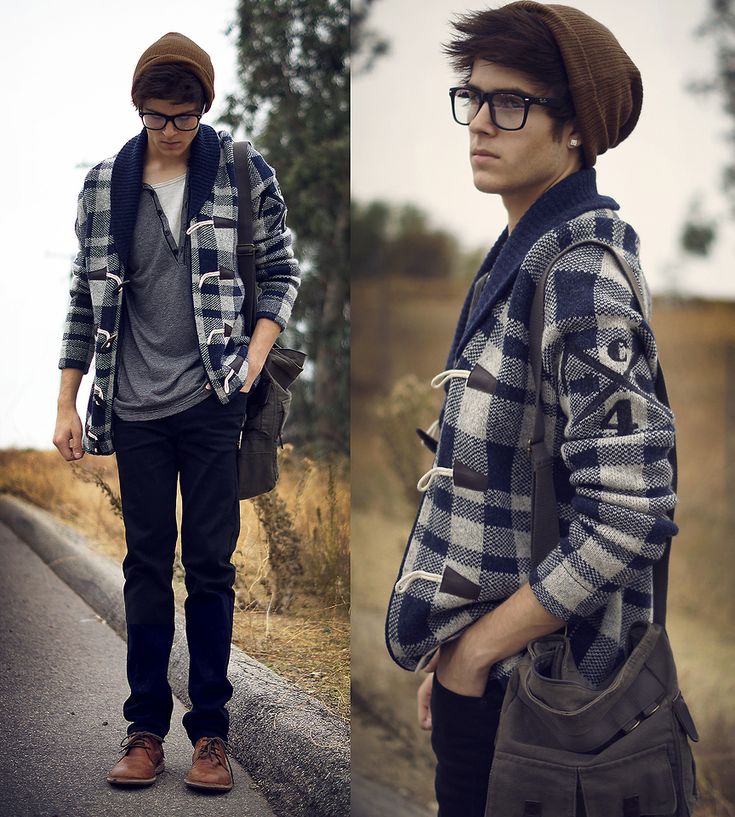 Other Trump associates also like to dress up in Chiara Boni dresses: his daughter Ivanka, White House press secretary Kayleigh McEnany, as well as TV presenters of the main Republican Fox News channel, for example, Janine Pirro. nine0003
Other Trump associates also like to dress up in Chiara Boni dresses: his daughter Ivanka, White House press secretary Kayleigh McEnany, as well as TV presenters of the main Republican Fox News channel, for example, Janine Pirro. nine0003
However, representatives of the Democratic Party also do not bypass the things of the Italian brand. Take US Vice President’s wife Jill Biden, who wore a yellow suit to the Philadelphia presidential campaign rally last year.
View this post on Instagram
I want to wish a very Happy Birthday to my dear friend, @realdonaldtrump. #KAG2020 #MAGA
Posted by Kimberly Guilfoyle (@kimberlyguilfoyle)
Politician ladies’ dresses are expensive, but not outrageously expensive either. One piece will cost about $700. For fashionistas from politics, this is a way out: journalists and users of social networks will not accuse them of thoughtless waste of funds, but they will not be able to reproach them for the lack of taste and sense of style.
One piece will cost about $700. For fashionistas from politics, this is a way out: journalists and users of social networks will not accuse them of thoughtless waste of funds, but they will not be able to reproach them for the lack of taste and sense of style.
Designer Chiara Boni herself admits that she is not enthusiastic about Trump’s policies, calls herself rather a liberal, and fights for equality of women’s rights in Italy. But the fact that her brand is popular among Trump supporters does not upset the designer. nine0003
“I don’t think the fashion business should depend on politics,” the designer told Business of Fashion.
The Italian brand is a good example of such political correctness, which, nevertheless, brought him fame in the circles of female politicians, and the designer became known thanks to her clients. Washington-based stylist Lauren Rothman explains that the Italian brand’s clothes are indispensable for women politicians in the United States, as they emphasize the figure, but do not look vulgar, and the fabrics and silhouettes themselves look complimentary on TV.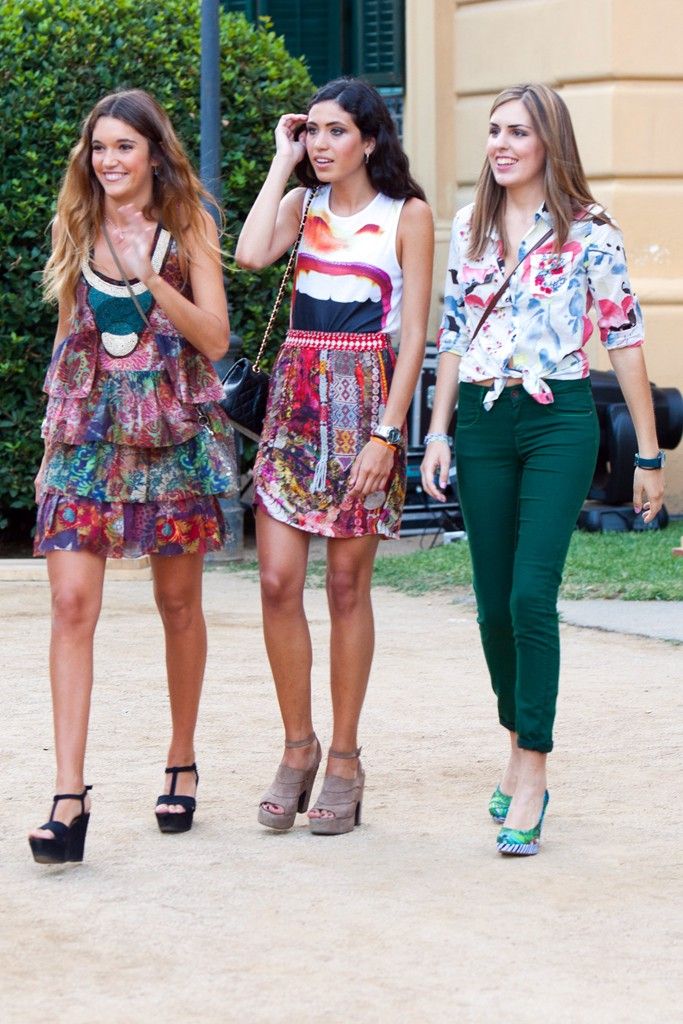 In 2019In 2018, the brand sold clothes for $25 million, compared to 2018, sales increased immediately by 30%.
In 2019In 2018, the brand sold clothes for $25 million, compared to 2018, sales increased immediately by 30%.
Michelle Obama, former first lady, during her “presidential term” supported emerging designers from the United States. However, in America, even fashion is political: those who vote for a particular party are unlikely to buy from designers who support and dress members of a rival party. This complicates the work of designers, who must think through every decision in advance: who to wear, who to refuse for ideological reasons, if their political views do not coincide with the actions of politicians and they disagree on universal human issues and values that the brand broadcasts. nine0003
With Trump coming to power, the life of fashion designers has also become more difficult. His anti-migrant policy goes against the grain of fashion that advocates equality, diversity and inclusion. Designers such as
Marc Jacobs, Zac Posen, Naeem Khan and Phillip Lim, for example, all said straight away that they would not dress anyone in the Trump administration for any money.
Several designers designed the Hillary Clinton 2016 campaign T-shirt, including Tory Burch, Maxwell Osborne, and Dao-Yi Chu. Some of these designers plan to continue working with the Democrats in the future presidential race, now in support of Joe Biden. And some brands are worn by both, regardless of political orientation: such station wagons include Ralph Lauren, Oscar de la Renta and Carolina Herrera. nine0003
Recently, Melania Trump prefers to wear clothes from a young designer from Taiwan, a favorite of Michelle Obama, Jason Wu, and also from Valentino.
Politicians’ fashion preferences can bring designers both ideological issues and notoriety, help sell clothing to non-politician buyers, and alienate others with a particular political stance. However, with the development of social networks and the approaching presidential elections, the latter are becoming more and more: they take a certain side and follow either Ivanka Trump or Congresswoman Alexandria Ocasio-Cortez.